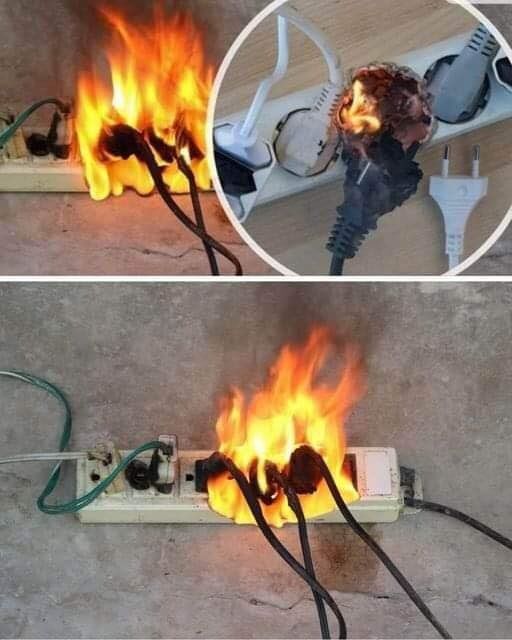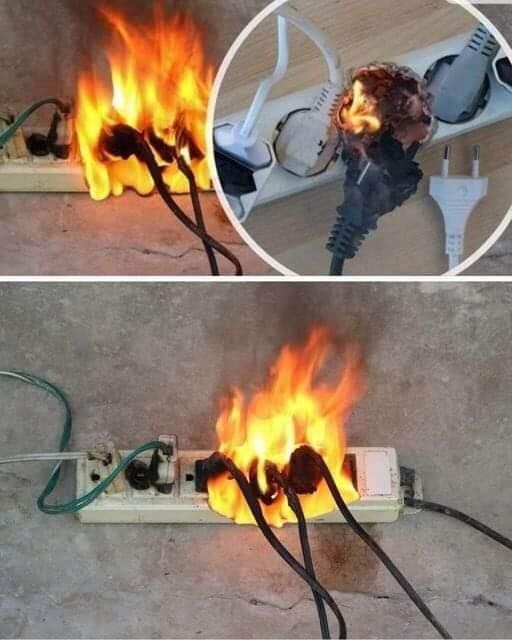How to Safely Use Power Strips in Your Home

Power strips are everyday items in our homes that make it easy to plug in multiple devices. However, they can be dangerous if not used properly. Overloading them can cause fires, so it’s important to use them safely. Here are some simple tips to keep in mind:
heck the Power Capacity: Before plugging in devices, always check the power strip’s capacity, typically indicated on the power cable. Never exceed this limit, as overloading can cause overheating and potentially start a fire.
Avoid Plugging High-Power Appliances into Power Strips:
- Ovens: These require significant power and should be plugged into a dedicated wall outlet.
- Refrigerators: Even energy-efficient models consume a lot of power and need their own outlet.
- Washing Machines: These should be directly plugged into a wall outlet, ideally on their own circuit to prevent overloading.
- Heaters: Auxiliary heating devices use a lot of energy and must have their own outlet.
- Microwaves: Despite intermittent use, they consume substantial energy and should be plugged into a dedicated outlet.
- Coffee Makers: These should be plugged directly into a wall outlet due to their high power usage.
- Toasters: Similar to coffee makers, they require a significant amount of energy and should not be used with power strips.
Avoid Stacking Power Strips: Never plug one power strip into another, as this increases the risk of overloading and fire hazards. Always use power strips independently.
Protect Sensitive Electronics: Devices like computers, TVs, and routers are sensitive to power surges and should be plugged directly into wall outlets to prevent damage.
ALSO READ
By following these guidelines, you can use power strips safely in your home, protecting it from potential fire hazards and keeping your loved ones safe. Always remember to check the power capacity and avoid using high-power appliances with power strips.
